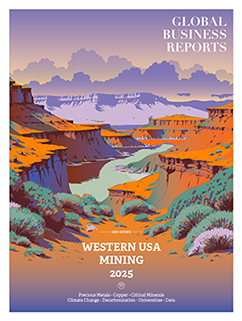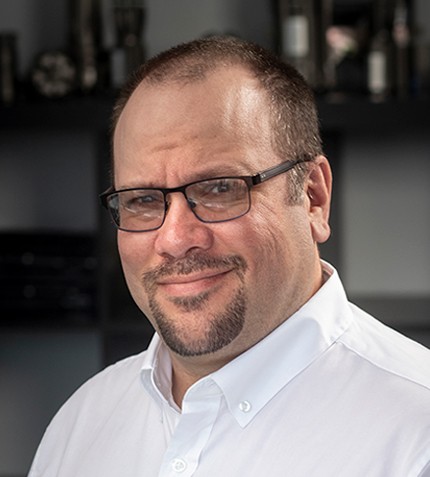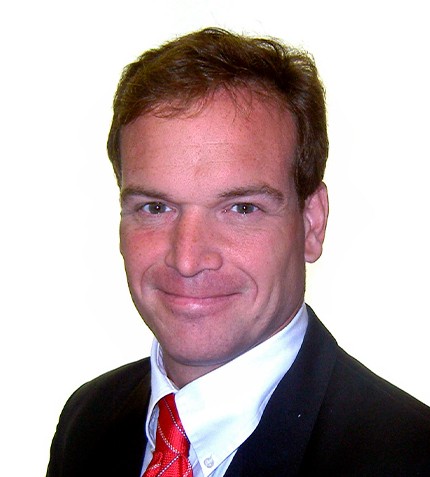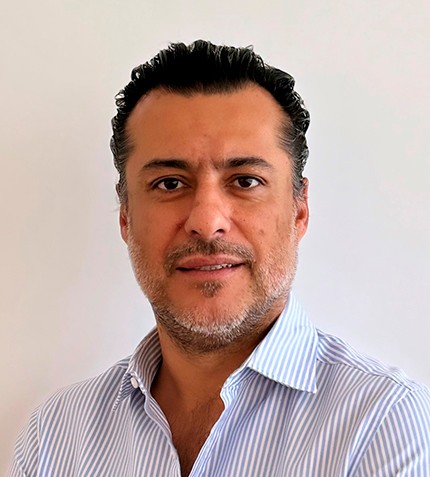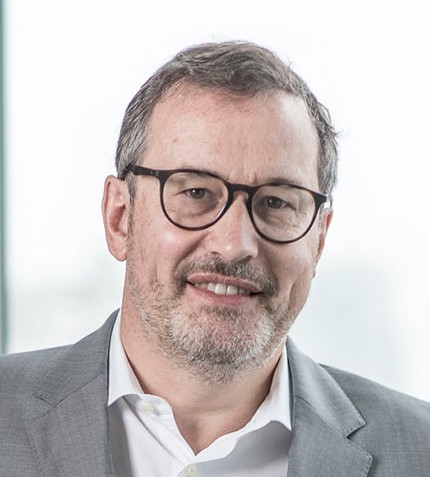
"Producing a ton of copper ore requires 30-100 kilowatt-hours of energy. By providing cleaner electricity, we help mining clients reduce emissions."
RELATED PUBLICATION
Willem Van Twembeke
CEO, INKIA ENERGY
Can you introduce Inkia Energy and the firm’s energy portfolio?
In 2018, I Squared Capital, a private equity fund that is the current controlling shareholder of the company, acquired Inkia Energy. By 2019, we merged Inkia with Orazul under the Inkia Energy name. Both Orazul and Inkia had substantial assets in Peru, which we combined to form Kallpa. Inkia Energy is now the largest power generation and commercialization company in Peru.
Inkia Energy is highly diversified, with a strong balance between thermal and hydroelectric capacity. The company operates 1,237 MW of thermal capacity in Peru, utilizing the most modern combined cycle plants that run on locally sourced natural gas. This gas is priced domestically so is very predictable, which makes electricity in Peru cheaper than other countries around. The plants are strategically located close to Lima. Inkia operates three hydroelectric plants, totaling around 1,000 MWs. This includes Cerro del Águila, Cañón del Pato and Carhuaquero. Inkia has expanded into battery energy storage systems (BESS).
What transformational change is the company undergoing?
Kallpa, which has 340 MWs under construction in its Sunny 1 and Sunny 2 projects, has signed power purchase agreements with Zelestra and Enhol. By early 2026, the company will have around 1,000 MWs of solar capacity, forming the largest solar hub in Peru, located in the resource-rich southern region with an excellent 33% plant factor. On top of this, Inkia is also targeting 600 MWs of eolic, and additional 300 MWs of solar capacity by 2030, bringing its total non-conventional renewable portfolio to around 2,000 MWs within the decade. This will bring specific emissions of the company well below 0.15 tons of CO2 per MWh.
During construction, we hire many local workers. We also contribute to communities through taxes and cooperation programs. Kallpa`s ESG team is larger than our commercial team because building strong community ties is crucial for long-term success, especially in Peru.
How does the shift towards greener energy economy impact the mining industry?
There is a global shift toward greener industries, and mining is no exception. Energy costs comprise 15-30% of a mining company's expenses, with a significant portion of that being electricity. Producing a ton of copper ore requires 30-100 kilowatt-hours of energy, depending on the mine. By providing cleaner electricity, we help them reduce emissions.
How does legacy infrastructure affect countries' abilities to meet net-zero goals?
In Latin America, only Brazil surpasses Peru in terms of green energy production. While many countries struggle to reach their green energy goals, Peru is on track without needing new laws or drastic changes. Latin America leads globally in clean energy, outpacing continents like Europe and countries like the US or China, where legacy technologies hinder progress. Industrialized countries have more legacy systems, and a heavy industrial base compared to places like Peru and face by consequence greater challenges in going green.
Peru will naturally achieve net-zero emissions by 2050 due to its vast resources and existing policies.
What is the firm’s approach to community relations?
At Inkia Energy, we do not believe in simply handing out money to local communities. Instead, we collaborate on infrastructure projects that benefit them directly. Working alongside the Peruvian state, we involve both the local communities and government in managing these projects. It is a true partnership. Education is another priority for us. We invest heavily in it because we believe it is key to Peru's future, both for the people and the economy. We also focus on entrepreneurship, helping local communities start their own businesses. Seeing them generate their own income provides true and solid long-term benefits. We prefer entrepreneurs to be proud of their own achievements.
What are Inkia’s priorities moving forward?
The company’s main priority is serving its clients professionally and helping them achieve their goals, whether they are large mining companies or small and medium enterprises. We focus on building long-term relationships, not short-term gains, because our sector, like mining, requires long-term planning. For example, we might work with a mining company for 10 years or engage with communities near our facilities for 30 years. It is essential to approach these partnerships with a serious, long-term mindset, ensuring that both sides benefit over time.
| COMPANY PROFILE |




